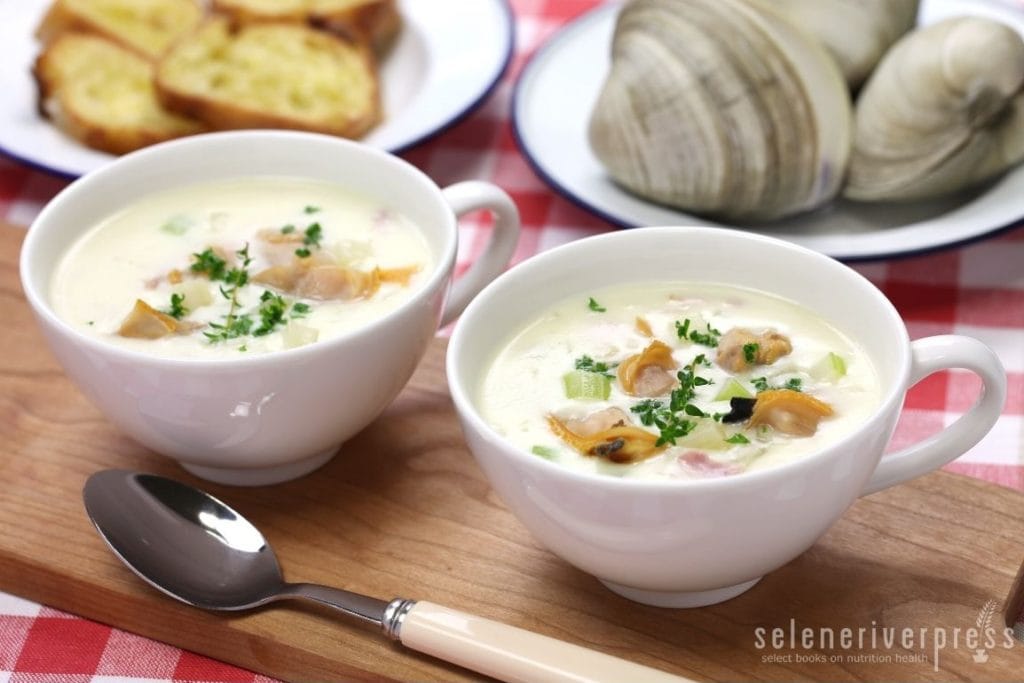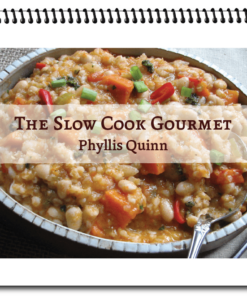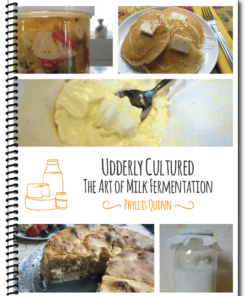Practice is “the actual application or use of an idea, belief, or method, as opposed to theories relating to it.”
What can you put into practice? If you are of Italian, French, or Greek ancestry, perhaps you were raised as I was, with your conversations revolving around food—good food, fresh from the garden, and the “practice” of the great art of preparing it.
It was always about food in my life. Poppa, my maternal grandfather, graced our outdoor table with whatever he grew in his garden or could find growing in the wild: radishes, dandelion greens, cippolini (wild onions), field strawberries, and so much more.
Later in the summer and autumn, we’d be wealthy with tomatoes, cucumbers, potatoes, Swiss chard, kale, spinach, green pole beans, and sugar snap peas—and the beautiful figs from his carefully wrapped purple and white fig trees. In the winter, I thought they looked like the dwarfs from the Disney movie Snow White and the Seven Dwarfs. The galvanized pails on their heads looked like floppy caps when snow sat atop them. (But that, as I’m fond of saying, is the topic of yet another post.)
Whenever we sit at a table to eat with friends (something I took for granted before we started self-quarantining), we tend to talk about the food we’re about to eat, the food we’re eating, the food we ate yesterday, or the food we’ll eat another day. It’s an indulgent a subject for a rich country where so many of us consider eating out the norm. Times have changed!
Since we’re not out of the woods with this pandemic, let’s keep planning our menus from our pantry instead of the supermarket. One good place to start is with sardines. On spring and summer afternoons when I was growing up, sardines were often part of my lunch (thanks to my Mediterranean ancestry). But I was also the oldest and ate with Poppa. The other girls didn’t have the taste buds to enjoy sardine salad with shaved sharp cheeses yet.
Search for those overlooked sardines in your pantry. They have great flavor, protein, and necessary fats for the stomach and the brain. Try them in this recipe, and you might be surprised at how versatile they are.
New England Clam or Fish Chowder from the Pantry or Freezer
Chef’s note: The type of milk or cream you use (half and half is my choice for my morning coffee) will determine the thickness of your soup. Traditional fish chowder is made with cod, but any white fish fillets will work, and there’s no need to defrost them.
This recipe uses canned and frozen ingredients, and it’s delicious. Try something different—you just may find a new staple!
Ingredients
8 leaves Swiss chard, kale, escarole, or spinach, divided
3 tablespoons olive oil
3 tablespoons butter
4 organic Yukon Gold potatoes or red potatoes, halved and sliced
1 teaspoon each sea salt and black pepper
1 lb. white frozen fish fillets (optional, but nice)
1 (28 oz.) can clams in their broth
1 can sardines or fish fillets, drained, with juices reserved
1 can smoked oysters, drained, with juices reserved (optional)
8 mushrooms, sliced
¾ cup half and half, whole milk, or heavy cream
1½ teaspoons Old Bay seasoning
Special equipment: Dutch oven (4–5 quart) or slow cooker
Instructions
- Preheat oven to 400°F (unless you’re using a slow cooker).
- Remove spines from the greens and discard. Chop the leaves. (You may mince the stems and use them, or discard if you prefer.)
- Pour olive oil and butter into the bottom of the pot. Add some of the chopped greens. Drop in the potatoes. Season with salt and pepper.
- Next add the frozen fish fillets, if using. Add the clams, sardines, and oysters to the pot (reserve the broth and juices from the cans for the next step). Top with mushroom slices.
- In a bowl, mix together half and half with the broth and the juices from the cans. Add the Old Bay seasoning. Pour cream mixture all over the fish. Pack the remaining greens over the top.
- Cover and bake for 1 hour in a Dutch oven, or until the aroma fills your kitchen. (If using a slow cooker, set to low and cook 4 hours.) Stir well before serving.
Serve with fresh hearty homemade bread, slathered with butter. Enjoy!
Image from iStock/bonchan.
 Get self-health education, nutrition resources, and a FREE copy of A Terrible Ten: Health Foods That Ain't ebook.
Get self-health education, nutrition resources, and a FREE copy of A Terrible Ten: Health Foods That Ain't ebook.



